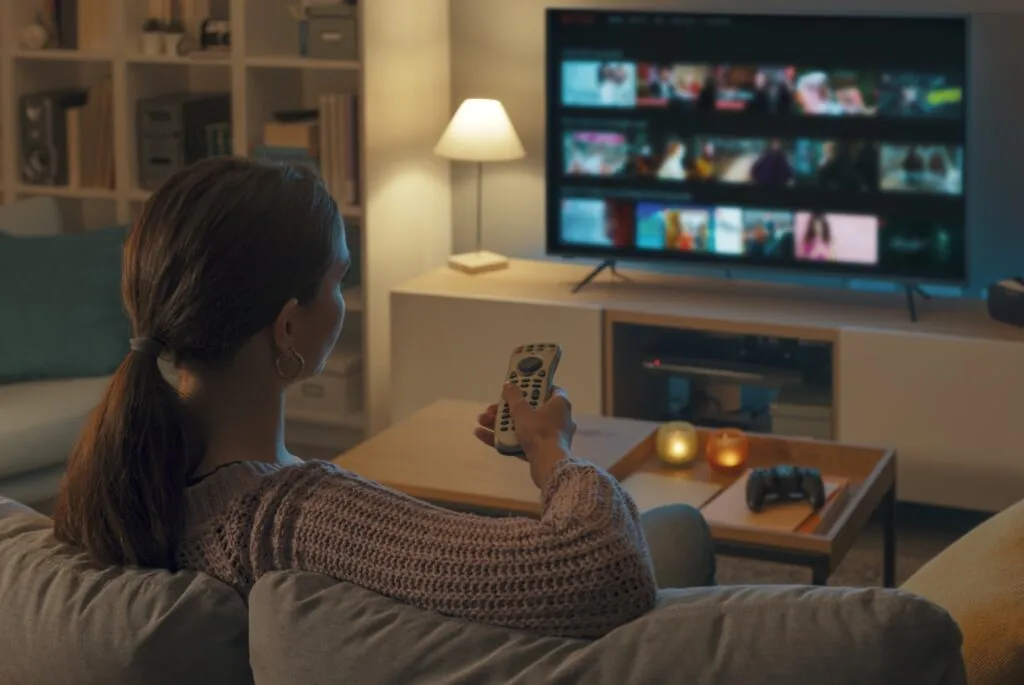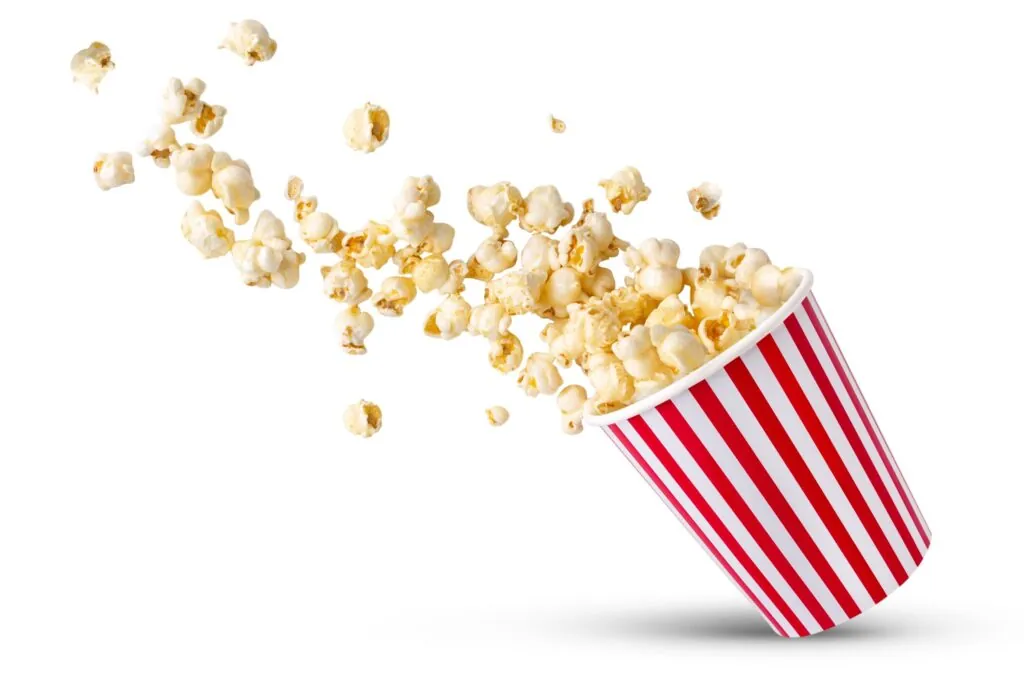How to Leverage the Power of Pricing Psychology for Profitable Revenue Growth
Published On 26 June, 2023
Pricing psychology is a strategic approach many businesses use to influence consumer behaviour and optimise pricing strategies by leveraging psychological principles. It recognises that consumers are not entirely rational when making buying choices and are often influenced by emotional and cognitive factors. By aligning pricing strategies with consumer psychology, businesses can tap into the subconscious triggers that drive buying behaviour to make more profitable pricing decisions.
To understand pricing psychology better, let’s explore some foundational psychological principles that play a significant role in shaping consumer perceptions:
a. Perceived Value: Perceived value is the subjective evaluation consumers make about a product or service’s worth. Its cost does not solely determine it but also includes factors like quality, features, and brand reputation. Pricing psychology focuses on enhancing perceived value to make products or services more attractive to consumers.
b. Reference Points: Consumers often rely on reference points when evaluating prices. These reference points can be external (e.g., competitor prices) or internal (e.g., previous purchase experiences). Understanding these reference points helps businesses position their prices effectively.
c. Loss Aversion: Consumers tend to feel the pain of losses more strongly than the pleasure of gains. Pricing psychology uses this bias to frame prices to minimise the perception of failure when purchasing.
Types of Pricing Psychology
a. Charm Pricing (The Power of 9)
Charm pricing, also known as the “left-digit effect,” is one of the most widely recognised pricing psychology tactics. It involves setting prices just below a round number, usually ending with a 9 (e.g., $9.99 instead of $10.00). The rationale behind charm pricing lies in the fact that consumers perceive the price to be significantly lower when the first digit is reduced by one.
For example, a product priced at $9.99 may be perceived as closer to $9 rather than $10, creating a psychological discount effect. This subtle psychological trick can lead to increased sales and higher perceived value for the product.
Application: A classic study by MIT and the University of Chicago found that charm pricing significantly impacted consumer preference for discounted products. When two groups were offered the same product at $39 and $34, respectively, the second group (with the $34 price) displayed a much higher preference for the product, despite both groups receiving the same $5 discount.
Challenge: While charm pricing can be effective, overuse may lead to consumer scepticism and diminishing returns. Consumers are becoming increasingly aware of this tactic, and in some cases, it may even harm a brand’s credibility if not used judiciously.
Case Study: The Electronics Retailer
An electronics retailer has decided to implement charm pricing for its new range of smartphones. It sets the price of the latest model at $999.99 instead of $1,000. The retailer notices a significant increase in sales, and customers perceive the product as priced below $1,000, making it more appealing and valuable.
b. Bundling Effect
The bundling effect leverages the concept of perceived value and the power of free items. Businesses offer products or services as part of a bundle, combining multiple items at a discounted price compared to buying each item separately. Consumers tend to perceive bundles as a great deal, as they receive more for their money, even if the actual savings might not be substantial.
Application: In a study conducted by Stanford University, participants were offered two options for purchasing chocolates: one for $0.75 per piece and another for $1.00 for two pieces. Surprisingly, 73% chose the bundle, while only 27% opted for the cheaper, individual piece, despite both options being of equal value.

The bundling effect works well when complementary products or services can be used together. For example, a software company may offer a bundled package of its programs at a discounted price, encouraging customers to purchase multiple applications instead of just one.
Challenge: The bundling effect may only work for some products or services, as it heavily relies on the perception of added value. Customers may be encouraged to purchase if they see a genuine benefit in the bundle.
Case Study: The Subscription Streaming Service

A streaming service provider offers three subscription tiers: Basic, Standard, and Premium. The Basic plan costs $9.99 per month, the Standard plan costs $14.99, and the Premium plan costs $19.99. Each program includes varying levels of video quality, the number of screens allowed, and additional features. Most customers opt for the Premium plan, as it offers the best value compared to the other two tiers.
c. Anchoring Effect
The anchoring effect capitalises on the idea that consumers often rely heavily on the first piece of information presented to them when making a decision. The initial price shown to customers, known as the “anchor,” influences their perception of a reasonable price for the product or service.
Application: An experiment conducted by MIT researchers asked participants to estimate the price of a bottle of wine after showing them either a high or low anchor price. Those shown the high anchor guessed higher prices, while those shown the low anchor guessed lower prices, despite tasting the exact wine.
Businesses can use the anchoring effect strategically to frame prices to align with their desired outcomes. For example, a retailer may display the original price of a product before showing a discounted price, making the discount seem more significant.
Challenge: While anchoring can be robust, setting the wrong anchor can backfire. If the anchor is perceived as unreasonably high, it may deter potential customers or lead them to perceive the product as overpriced.
Case Study: The Luxury Hotel

A luxury hotel uses the anchoring effect to its advantage by listing the premium suite’s price first on its website. When customers see the high-priced suite, the standard rooms’ rates appear more reasonable, leading to increased bookings for the common rooms.
d. Decoy Effect
The decoy effect involves introducing a third option (the decoy) that is less attractive but strategically placed to influence consumers’ preferences between two other options. The decoy’s sole purpose is to steer consumers toward choosing a specific opportunity, usually the one the business wants them to select.
Application: In a study conducted by Duke University, participants were asked to choose between two types of popcorn: a small size for $3 and a large size for $7. When a medium size for $6.50 was introduced (the decoy), the large size became more popular, as consumers perceived it as a better value than the overpriced medium option.

The decoy effect is beneficial when businesses want to highlight a particular product or option in their offerings. By introducing a less appealing decoy than the target option, they can influence consumer decision-making in their favour.
Challenge: The decoy effect requires careful consideration, as introducing an unconvincing decoy could lead to customer confusion and, ultimately, reduce overall sales.
Case Study: The Meal Delivery Service
A meal delivery service offers three meal plans: Basic, Standard, and Premium. The Standard plan is the most popular due to the introduction of the Basic plan as a decoy, which lacks desirable features offered in the Standard plan but is only marginally cheaper. As a result, customers perceive the Standard plan as the best value.
Applications and Additional Case Studies
Pricing psychology plays a crucial role in shaping consumer perceptions and behaviours. By using these tactics strategically, businesses can enhance their sales, optimise pricing strategies, and ultimately increase their revenue. Let’s explore more real-world case studies to demonstrate how pricing psychology can be applied effectively:
a. The Fashion Retailer
A fashion retailer launches a new line of clothing, and they have two options for pricing a pair of jeans: Option A, priced at $49.99 and Option B at $59.99. The retailer decides to implement charm pricing for Option B, setting its price at $59.99 instead of $60.00. They also use the anchoring effect by presenting Option A first in their marketing materials.
Consumers perceive Option A as a good deal compared to Option B and are more likely to choose it. However, compared to similar jeans from a competitor priced at $79.99, Option B seems like a better value, leading customers to choose it instead.
b. The Tech Gadgets Manufacturer
A tech gadgets manufacturer launches a new smartphone with three storage options: 64GB, 128GB, and 256 GB. The prices are $799, $899, and $999, respectively. To leverage the decoy effect, the manufacturer introduces the 128GB option, priced at $899, as a decoy. Most customers perceive the 128GB option as overpriced compared to the 256GB option, which offers double the storage for just an additional $100. As a result, most customers opt for the 256GB option, which the manufacturer intended to be the most popular choice.

c. The Online Software Company
An online software company offers three subscription plans for its productivity software: Basic, Plus, and Premium. The Basic plan costs $9.99 per month and includes limited features, while the Premium plan costs $29.99 per month and includes all features and priority support. To utilise the bundling effect, the company introduces a new Plus plan, priced at $19.99 per month, consisting of some advanced features but not all. This makes the Premium plan seem like a better deal, as customers get access to all features at just an additional $10 compared to the Plus plan. As a result, most customers upgrade to the Premium plan to access the complete set of features.
Challenges
While pricing psychology tactics can be powerful, businesses must be mindful of potential challenges to avoid unintended consequences. Here are some key challenges associated with pricing psychology tactics:
- Consumer Scepticism: Overusing charm pricing or other tactics may lead to scepticism. As consumers become more aware of these tactics, they may question the genuineness of the pricing strategy, which can erode trust in the brand.
- Perceived Value Mismatch: The bundling effect relies heavily on the perception of added value. If customers do not see a genuine benefit in the bundle, they may feel that the overall weight is not worth the price, leading to decreased sales.
- Anchor Perception: Setting the wrong anchor can backfire and lead customers to perceive a product as overpriced. This can result in a negative perception of the brand and reduce the likelihood of purchasing.
- Decoy Confusion: Introducing an unconvincing decoy can confuse customers and may lead them to question the pricing strategy. This confusion can result in customers choosing competitors’ offerings or not purchasing.
Businesses must use pricing psychology tactics thoughtfully, considering their unique market, target audience, and products or services. Conducting market research and consumer testing can help fine-tune pricing strategies to ensure positive outcomes and customer satisfaction.
Pricing psychology is a powerful tool companies can use to influence consumer behaviour, drive sales, and increase revenue. By leveraging psychological principles such as charm pricing, the bundling effect, anchoring, and the decoy effect, businesses can shape consumer perceptions and decision-making processes in their favour. Real-world case studies demonstrate the practical application of these tactics and highlight their effectiveness in various industries.
However, businesses should be cautious about the challenges associated with each pricing psychology tactic to avoid unintended negative consequences. Overuse or improper implementation can lead to consumer scepticism, perceived value mismatch, anchor perception issues, and decoy confusion. Strategic and thoughtful application of pricing psychology, coupled with continuous monitoring and consumer feedback, can help businesses optimise their pricing strategies and create a positive and satisfying experience for their customers. By understanding the principles of pricing psychology and applying them judiciously, companies can gain a competitive edge and achieve long-term success in their respective markets.
Enrolling your sales and marketing teams in Pricing University gives them a competitive edge. Our comprehensive courses will teach them the art of psychological pricing, empowering them to make more intelligent pricing decisions that resonate with customers and drive sales. With this invaluable skill set, your teams will have the tools to optimise profits and achieve exceptional growth. Enrol today and witness the transformative impact on your company’s success.



